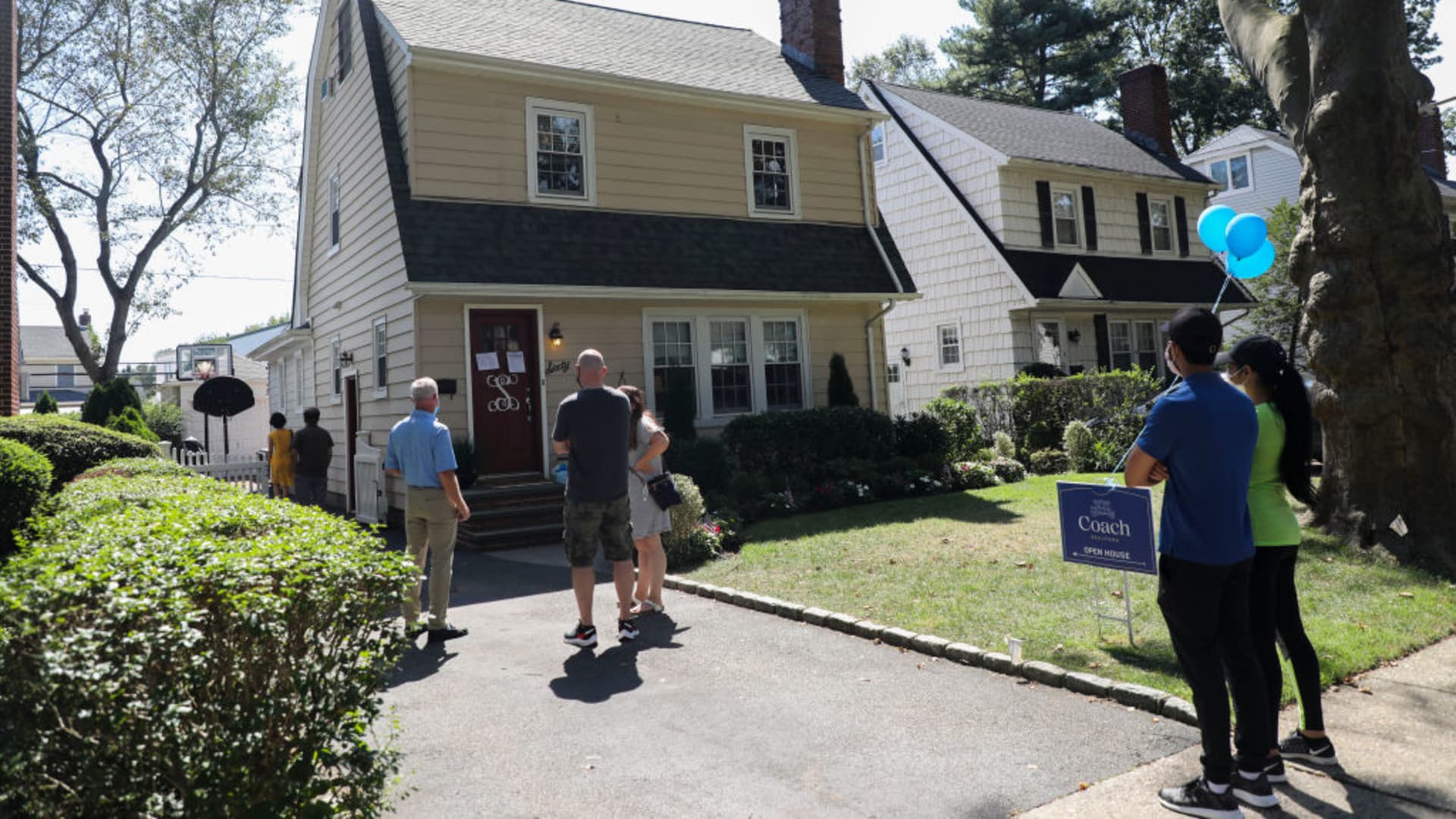After rising steadily for three weeks, mortgage rates dipped slightly last week, prompting a small increase in refinance activity. Activity from homebuyers, however, pulled back further, leaving total mortgage demand basically flat from the previous week, according to the Mortgage Bankers Association’s seasonally adjusted index.
The average contract interest rate for 30-year fixed-rate mortgages with conforming loan balances ($647,200 or less) decreased to 5.84% from 5.98%, with points decreasing to 0.64 from 0.77 (including the origination fee) for loans with a 20% down payment.
Applications to refinance a home loan rose 2% for the week but were 80% lower than the same week one year ago. The refinance share of mortgage activity increased to 30.3% of total applications from 29.7% the previous week.
Mortgage demand to purchase a home increased 0.1% for the week after rising more solidly the previous week. It was, however, 24% lower year over year.
“Overall purchase activity has weakened in recent months due to the quick jump in mortgage rates, high home prices, and growing economic uncertainty,” said Joel Kan, an MBA economist. “The average purchase loan amount declined to $413,500, which highlights an ongoing downward trend seen since it hit a record $460,000 in March 2022.”
The drop in the loan size is likely the result of moderating price growth due to higher mortgage rates and buyers not being able to borrow as much at those higher rates.
After that brief drop, mortgage interest rates popped back up at the end of last week and continued this week, according to another read from Mortgage News Daily. The average rate on the 30-year fixed is now approaching 6% again.
